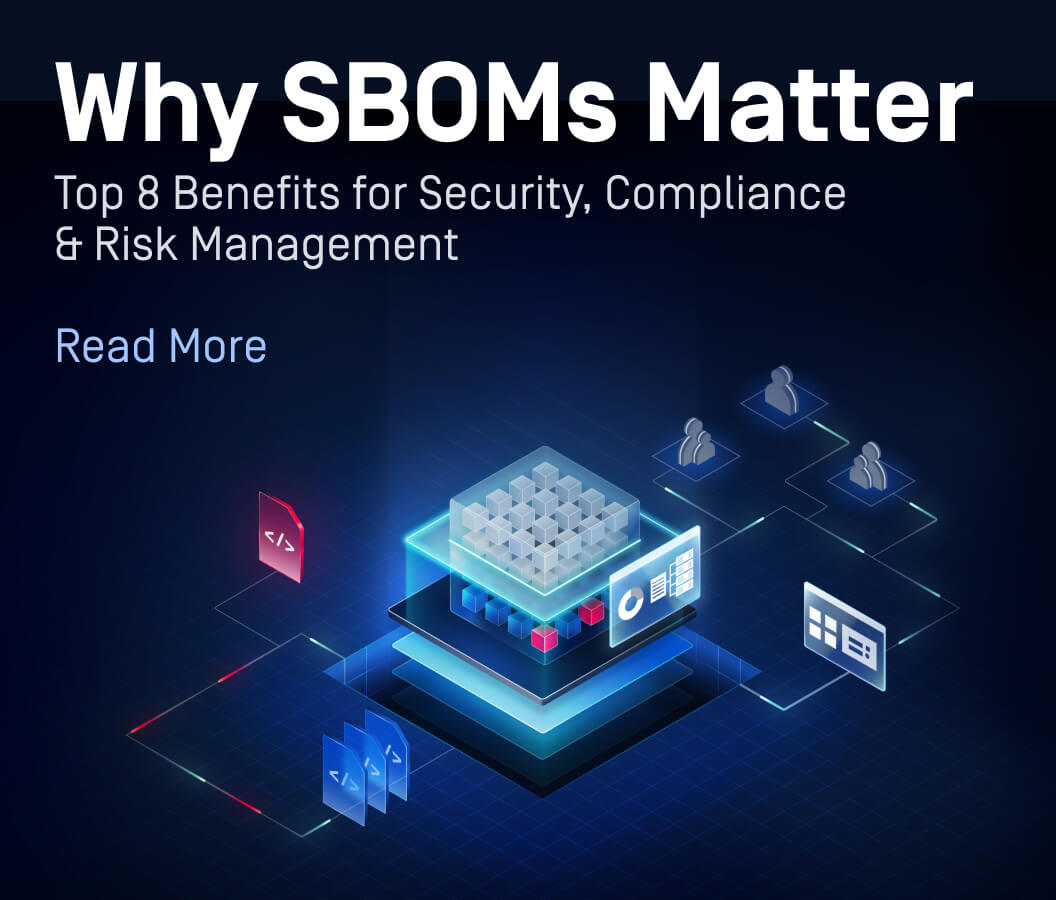This blog post is the fifth of an ongoing cybersecurity training series sponsored by OPSWAT Academy which reviews the technologies and processes required to design, implement, and manage a critical infrastructure protection program.
Malware is dangerous, but not obviously so. If Malware was easy to detect, then every email, network or sharing system would have complete protection. As cybersecurity tools evolve, so too should the ease at which all kinds of malicious content are halted. Yet in 2020, McAfee’s Center for Strategic and International Studies reported a record global loss of just under $1 trillion. So why is malware still so effective in the modern era of cybersecurity?
Designed to assimilate with our natural expectations, some Malware cleverly evades audits and analysis tools. An apparently normal email, website, or free online tools all provide doorways for bad actors to inject malicious code, programs, or processes to facilitate their goals.
Malicious intent disguised to take advantage of an individual’s better nature has always been an effective strategy. As an analogy, areas with armed conflict will use landmines to disguise an innocent road into a dangerous trap. We can think of evasive Malware much in the same way.
If we view the road and see a disturbed patch of dirt or a beeping metal detector, we can determine what we have found, making the path safe for travel. But sometimes we don’t know. Landmines can be buried carefully, or made of non-metallic components, effectively stymying our attempts at discovery.
The safest way through is to detonate our path in advance.
As early as World War II, massive rotating flails were attached to large, shielded vehicles to slam the ground and detonate mines to make a safe path through minefields. Similarly designed vehicles are still used today. This method is violent and expensive, yet controlled, calculated, and extremely effective.
Modern cybersecurity tools, like Sandbox analysis, allow us to detonate Malware in much the same way. Sample programs and files are loaded into isolated and secured virtual environments where Malware can run, but not harm any outside system. The Malware sample is our landmine, and the Sandbox our heavily armored flail.
With the detonation of code, we can analyze every aspect of the content and verify its intent. The file might be safe, or it may attempt to contact unverified external sources, change registry keys, or scan the local file system. Running Malware in an isolated environment to analyze its behavior is known as Dynamic Analysis.
Unlike our road, which has the binary condition of safe or not safe, we need to consider the complexity of a file’s intent. Many legitimate programs will perform actions that fall into potentially malicious activity. Not every Sandbox is created equal, and what makes a good product are the methods and calculations used to provide the highest possible certainty when analyzing a file’s activity.
OPSWAT MetaDefender Cloud, a tool that anyone can try for free, offers a powerful Sandbox option that can be used to score uploaded files against a robust weighting system. The ability to detonate a file safely provides information that might otherwise bypass traditional Static Analysis techniques. Sandboxes offer excellent defense against zero-day attacks, where file definitions have yet to be added to AV company databases. In fact, many AV companies use Sandboxes as a basis for knowing what files to add to their Malware signatures.
Sandboxing is not, however, an end-all solution to Malware. To not contaminate the results, each file must be scanned on an individual basis. It takes a significant amount of time and hardware resources to process even a single pdf, installer, executable, etc., which can bottleneck security systems when dealing with large quantities of files. Knowing when and under what circumstances to use a Sandbox, is paramount to making this a truly effective technology.
Want to know more? OPSWAT Academy offers several cybersecurity training courses that will dive deeper into Sandboxing, and other security technologies OPSWAT has to offer. Head over to opswatacademy.com, and sign up for free today!

